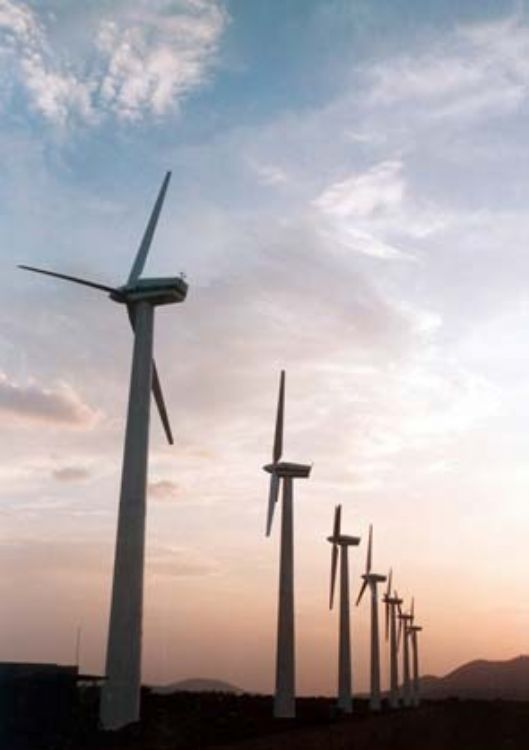
About Aguascalientes
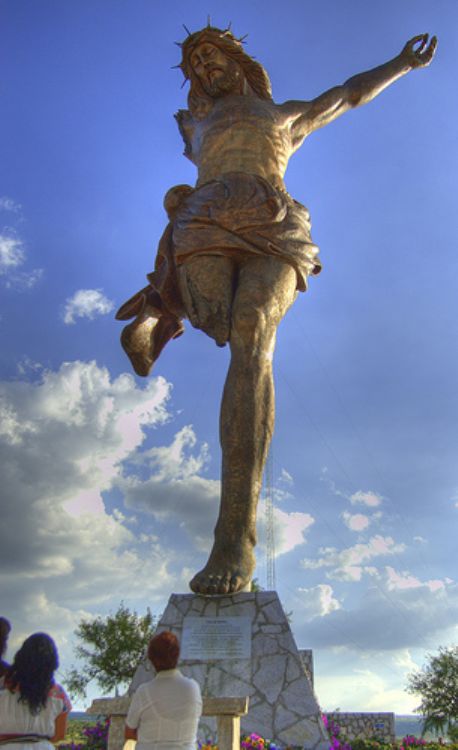
The city of Aguascalientes is the actual capital of the Mexican state of the same name: Aguascalientes. With 431 years since its foundation, this old colonial city is nowadays one of the most dynamic Mexican cities, offering one of the highest life-quality in the country.
The historical records of the Spanish Colony recall that ÂÂÂ"âLa Villa de Santa Maria de los LagosÂÂÂ"â, founded in 1563, suffered the frequent attacks of the Chichimecas, who during riots, killed cattle and stroke terror within the population. Facing this situation, the Nueva Galicia authority motivated the rich Spaniards to establish a second city near the Chichimeca frontier, which would form a strong line of defense against the Indian rebels and would offer protection to voyagers traveling to the mines of Zacatecas and Guadalajara.
In 1570 the Fort of Aguascalientes is built under the orders of Virrey Don Martin Enriquez de Almanza. And 5 years later, on October 22nd of 1575, Jeronimo de Orozco signed the foundation of ÂÂÂ"âVilla de la AscensionÂÂÂ"â, located close to the zone where abundant thermal fountains could be found. In the beginning, this village was populated by the neighbors of ÂÂÂ"âSanta Maria de los LagosÂÂÂ"â, who received the traditional parcels, called ÂÂÂ"âmercedesÂÂÂ"â.
In 1609, Gaspar de la Fuente, sent by the Spanish Crown, arrived at the village to establish its physiognomy, indicating the places in which the principal elements of every colonial city would be built: the central plaza, the church and the houses.
It was not until Mexico declared its independency and during the ÂÂÂ"âCongreso de la UnionÂÂÂ"â that the village became officially the City of Aguascalientes, on September 22nd, 1824.
Two historical periods where crucial for the development of the city, being the first the Porifirato between 1877 and 1910. During these years, the arrival of railroad didnÂÂÂ't just meant intensity in commercial activities, but it attracted plenty of foreign investors and their big and modern factories, with which the industrial profile of the city began. Big business like the factories of San Ignacio, La Perla and La Gran Fundición Central Mexicana promoted the economic and demographic growth of the population. Thus, the construction of Morelos Theater, The Escobedo Hotel, bullfighting plaza San Marcos, Hotel Paris, and the Bank of Zacatecas, defined the modern and progressive character of the formerly little colonial village.
The second key period in the history of the city occurred during the economic boom that the city showed between 1962 and 1998 with the arrival of Enrique Olivares Santana as governor of the State, who reactivated the economy that the revolution had damaged several decades ago. The exploitation of the natural resources and the good politic and business relation of the following governors redefined the industrial vocation of the capital city.
Nowadays, with a population of 723,043 habitants, the crowded city of Aguascalientes is the result of a great demographic explosion caused mainly by the inner immigration from the neighbor states of Jalisco, Zacatecas, San Luis Potosí y Durango, looking for the prosperity of the region. Other cause is the thousands of families that run away from the Mexico CityÂÂÂ's Earthquake in 1985, choosing peace and security in Aguascalientes.
The habitants of this great city describe it as a modern, quiet and calm city with social stability. The citizen participation in city affairs is very important because of this reason there are 310 Citizen Comities. The municipal area of Aguascalientes to which this city is part, is one of the entities with lowest average of poverty and marginalization in the whole country, with less than 10% of its population living in high marginalization.
In this young city, 70.5% of the population is younger than 34 years old. The infant rate of mortality is 20.7 for each thousand deaths; this number is lower than the state and national averages. Also, the life expectancy is one of the highest in the country with an average of 76.4 years for men and women. On the subject of education, less than 1.9% of the population is illiterate and 65.5% of the population in scholastic age attends school. Most of the stateÂÂÂ's economic active population (63.4%) participates in the tertiary sector, and is evaluated as a high performance society according to the indicators of the ÂÂÂ"âConsejo Nacional de Población y ViviendaÂÂÂ"â (House and Population National Council).
For 2021, the demographic growth is expected to reach one million habitants within the urban zone of Aguascalientes. Such expectation exerts pressure on state and municipal government to face the consequent growth of house demand and the increase in vehicles number.
Sources:
Extract from Internet from the book ÂÂÂ"âEl Crecimiento de la Ciudad de AguascalientesÂÂÂ"â by Gerardo Martínez Delgado. http://www.geocities.com/revista_conciencia/ciudad.html; Municipal Goverment of Aguascalienes: http://www.ags.gob.mx.
Articles Releated with Aguascalientes


Tourism in Mexico, information, facts and statistics
Tourism is one of the countryâs main economic activitie...
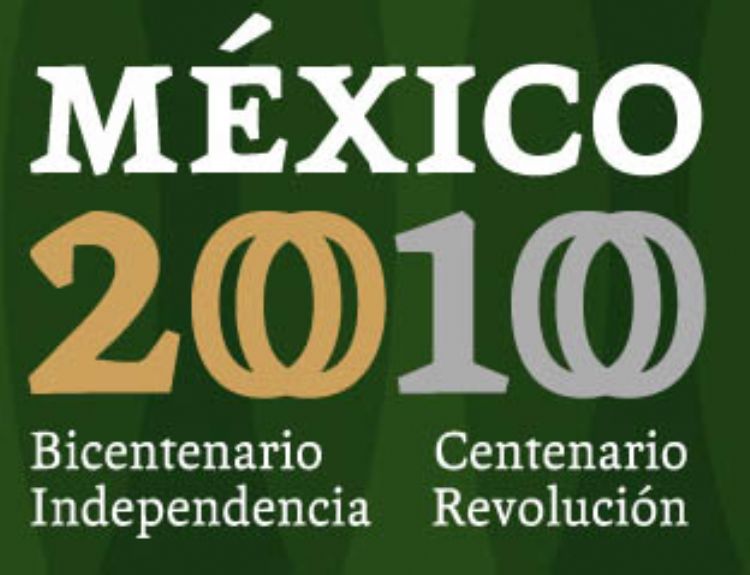
Mexicoâs Bicentennial Celebration
Mexico is getting ready for an extraordinary celebration ...
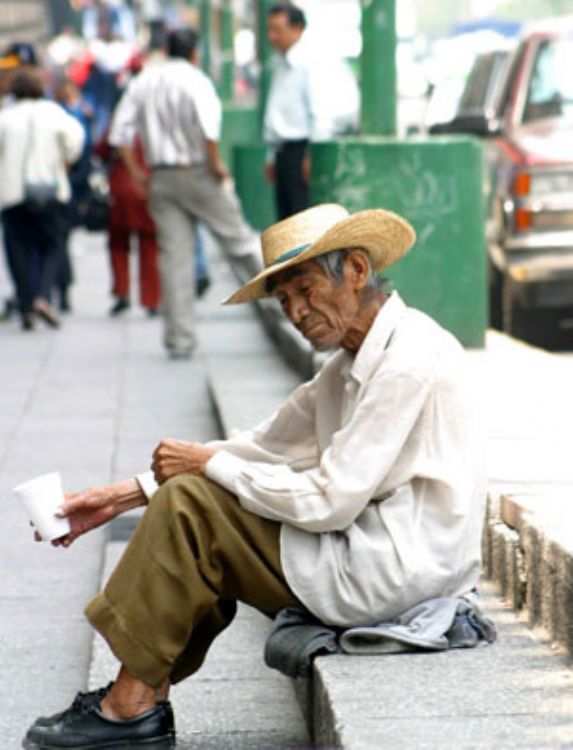
Poverty in Mexico, and its Figures
With most of its inhabitants having unmet needs, it is no...

Remedios Varo, History of her Art
Remedios Varo was born on December 16, 1908 in Gerona, Sp...
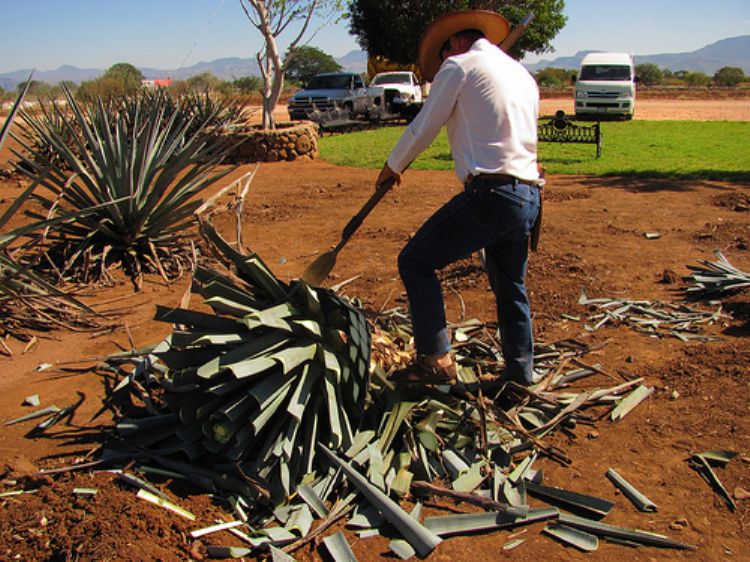
The Manufacturing Process of the Mexican Tequila
One of the best known products that Mexico has given to t...
Most Viewed

Tourism in Mexico, information, facts and statistics
Tourism is one of the countryâs main economic activitie...

The Process to Obtain the Voter's Mexican Credential or IFE Credential
The Voterâs Mexican Credential or Federal Elect...

